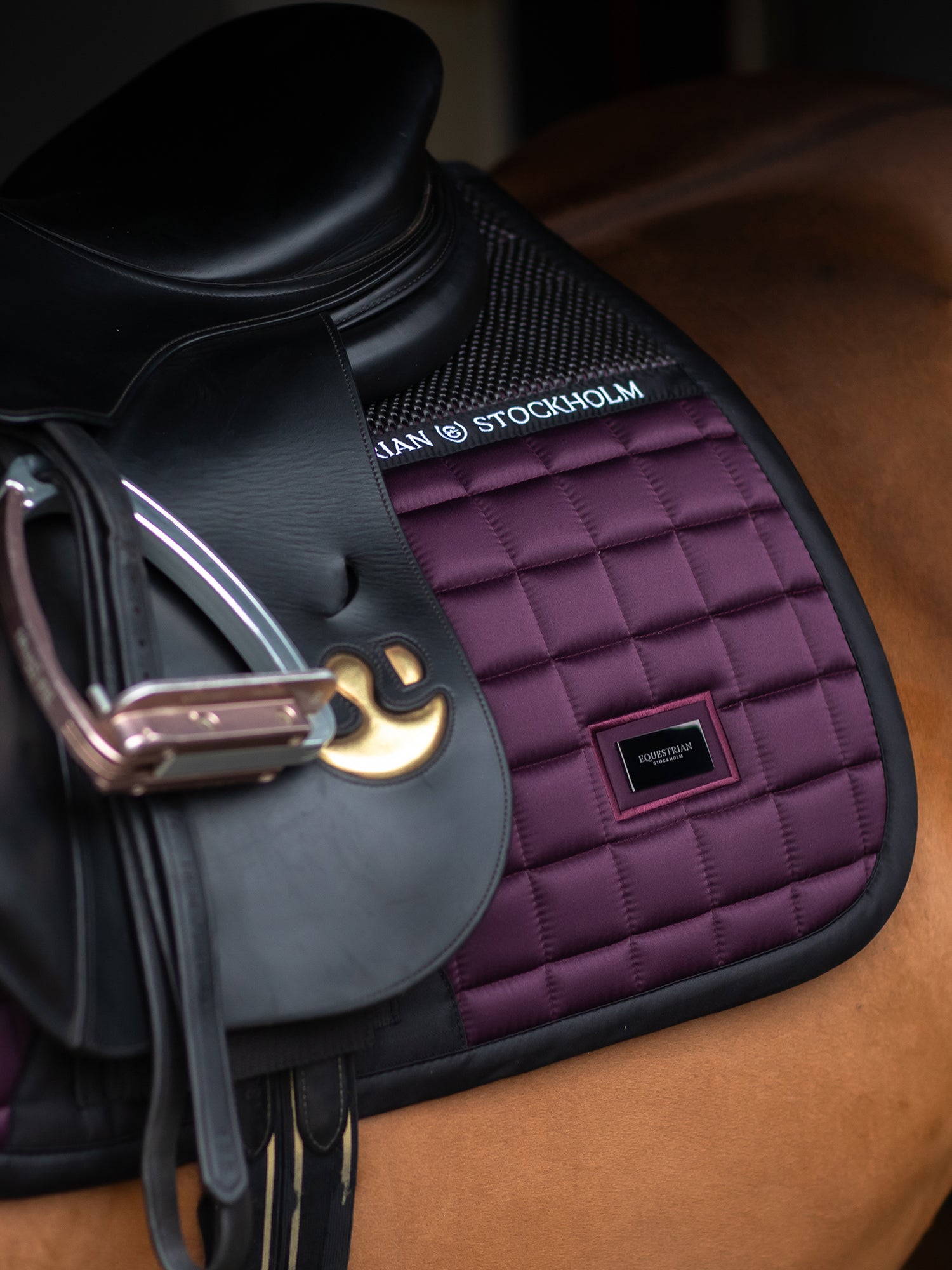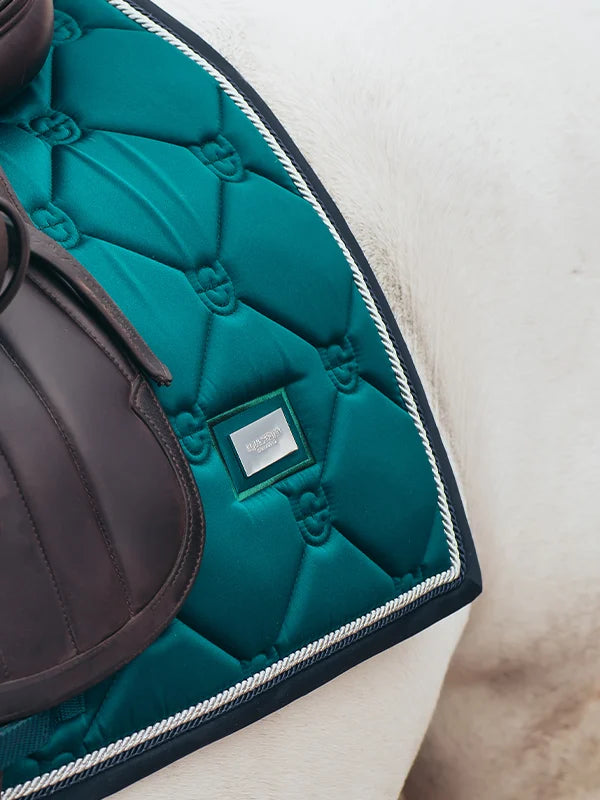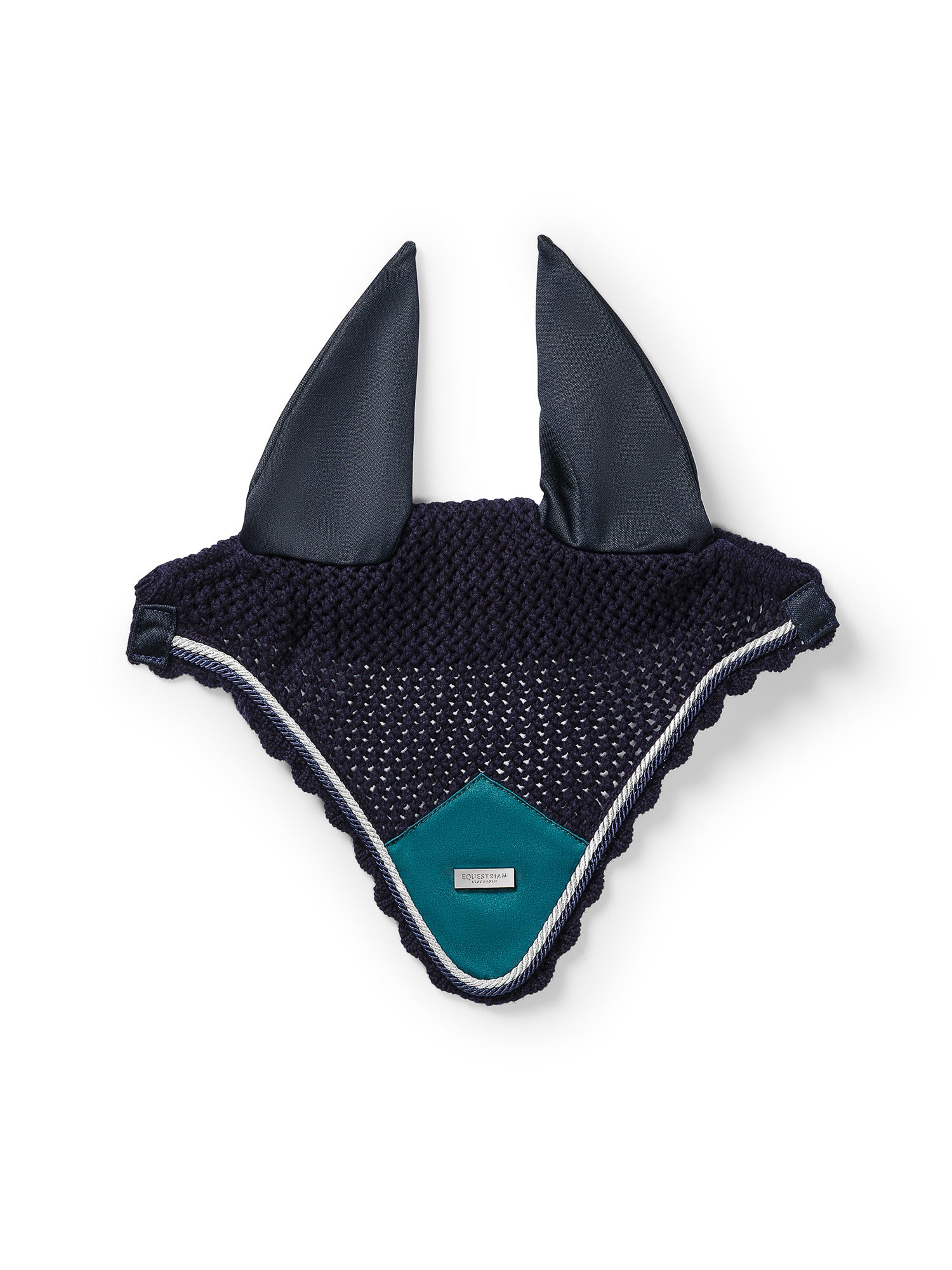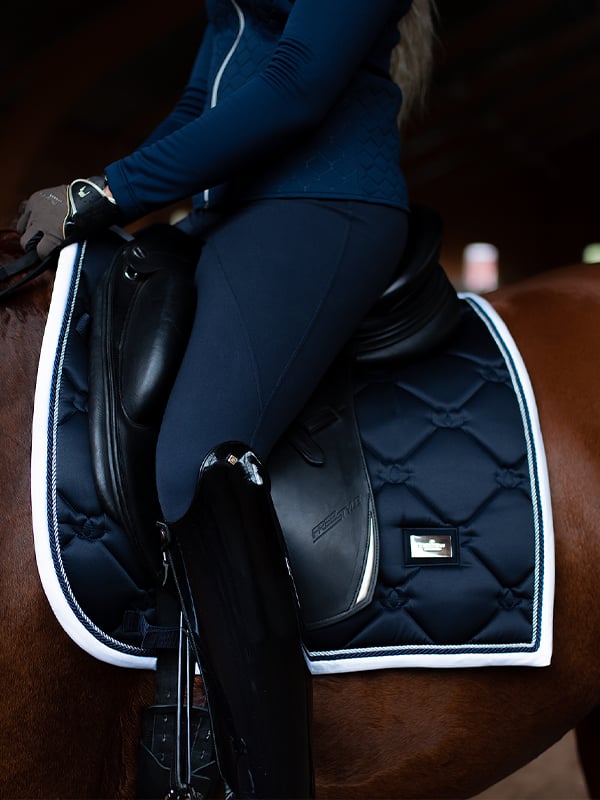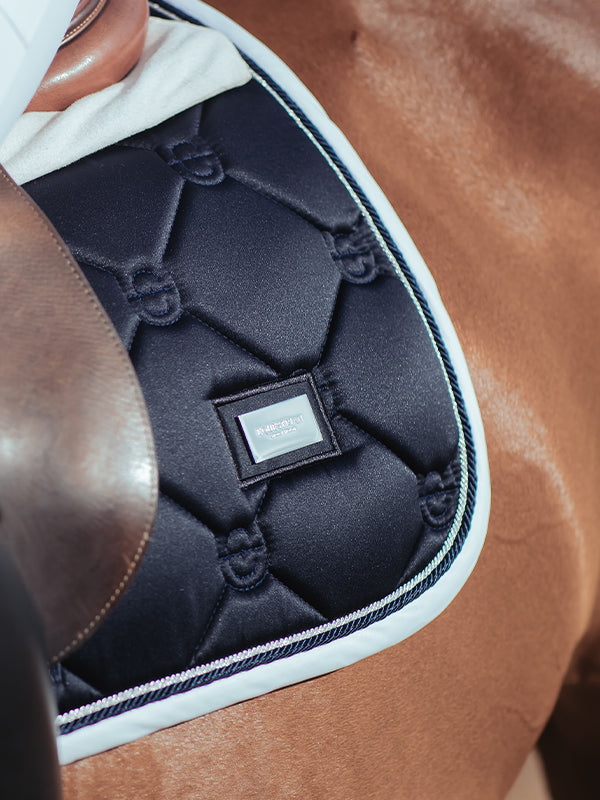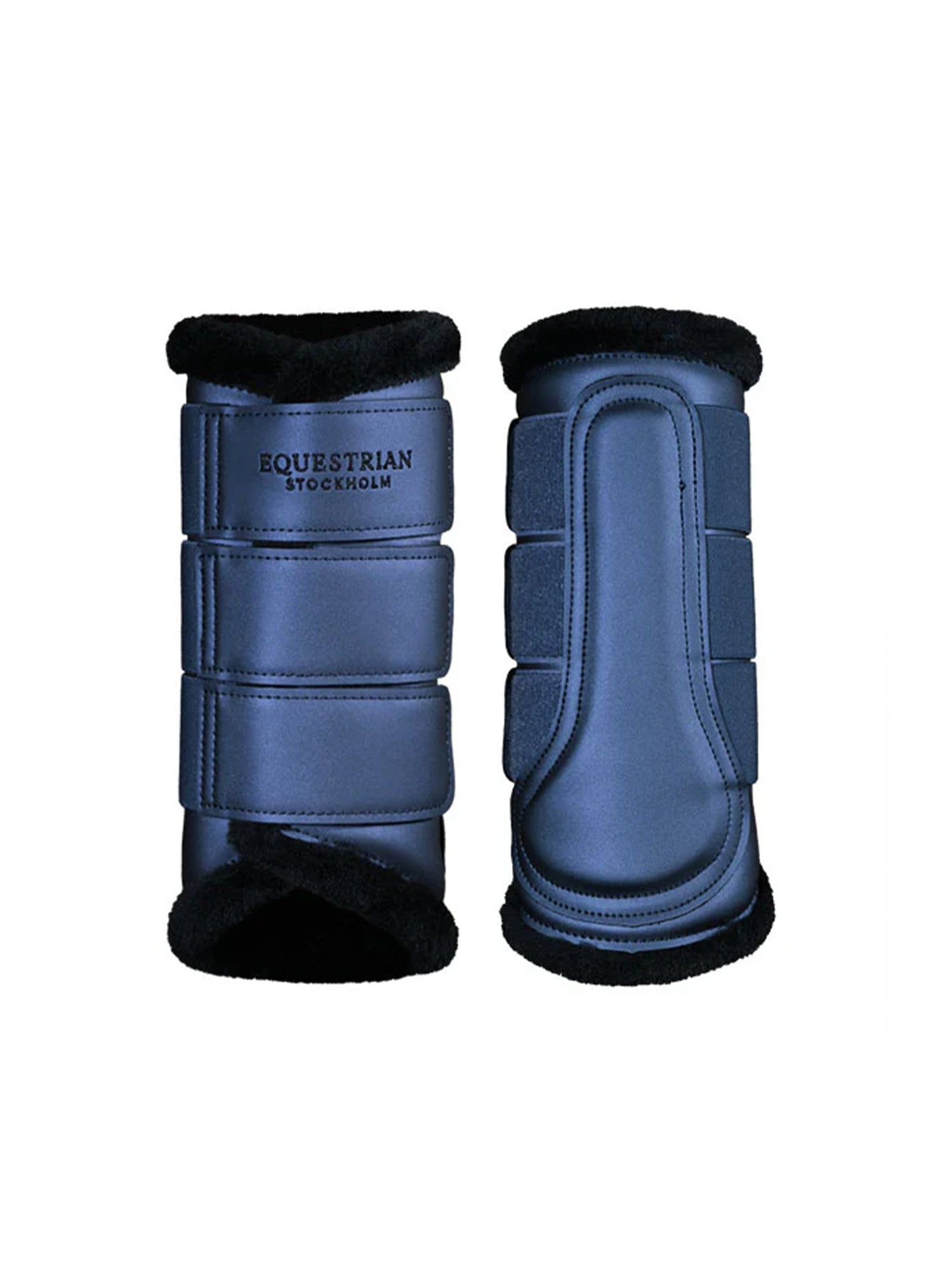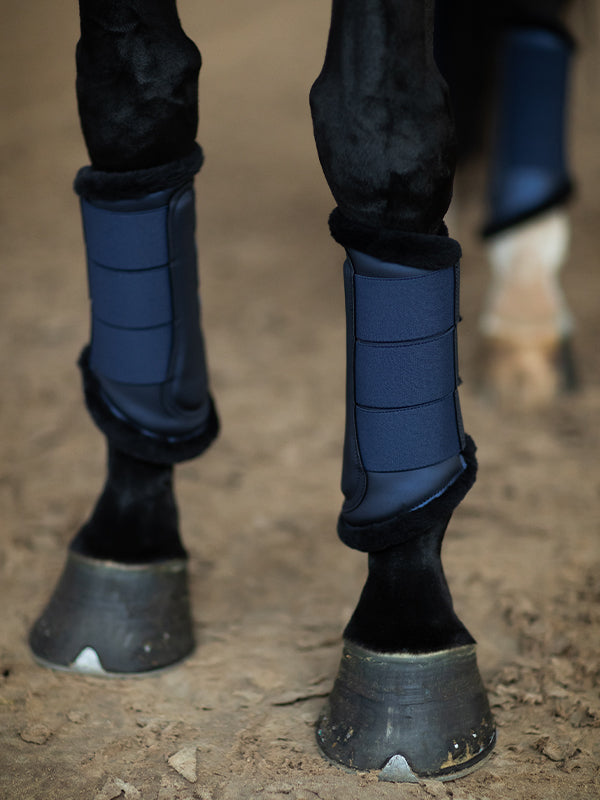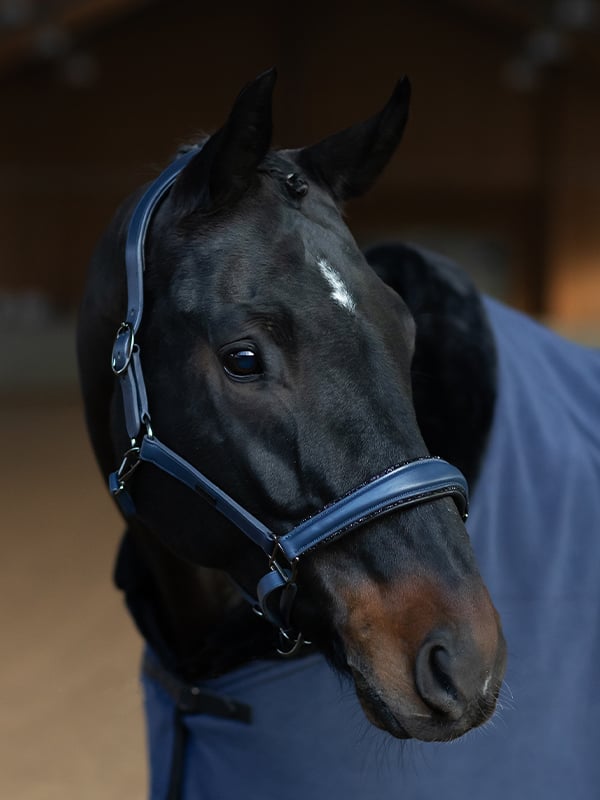As we unveil our latest training collection, Dark Venice - Make Every Move Count, we aim to highlight the essential aspects of achieving a successful training experience with your horse. Happy riding!

Establish Clear Communication
Effective communication is the foundation of any successful partnership, and the bond between a rider and their horse is no exception. Develop a clear system of cues and signals, both verbal and non-verbal, to convey your intentions to your horse. Consistency in your communication will foster understanding and trust between you and your equine companion.
Focus on Building a Strong Foundation
A solid foundation is crucial for any equestrian. Begin with mastering the basics of riding, including proper posture, balance, and rein management. Ensure that both you and your horse are comfortable and confident in fundamental maneuvers before progressing to more advanced exercises.
Create Varied Training Sessions
Monotonous routines can lead to boredom and disengagement for both you and your horse. Keep things interesting by incorporating a variety of exercises into your training sessions. This not only challenges your horse's mind and body but also maintains enthusiasm for the training process.
Listen to Your Horse
Pay attention to your horse's cues and responses during training. A perceptive rider can identify signs of discomfort, stress, or fatigue. Adjust your training plan accordingly to ensure your horse's well-being and maintain a positive training experience.
Set Realistic Goals
Establishing achievable and progressive goals is essential for motivation and growth. Break down your long-term objectives into smaller, manageable tasks. Celebrate small victories along the way, creating a positive environment that encourages both you and your horse to strive for continuous improvement.
Invest in Ongoing Education
Equestrian learning is a lifelong journey. Attend workshops, clinics, or seek guidance from experienced trainers to expand your knowledge and refine your skills.
Summary
- Establish Clear Communication: Develop consistent cues and signals to foster understanding and trust between you and your horse.
- Build a Strong Foundation: Master the basics like posture, balance, and rein management before advancing to more complex maneuvers.
- Create Varied Training Sessions: Incorporate diverse exercises to keep training engaging and challenging for both you and your horse.
- Listen to Your Horse: Pay attention to your horse's cues and adjust training to ensure their well-being and maintain a positive experience.
- Set Realistic Goals: Break down long-term objectives into achievable tasks and celebrate progress to encourage continuous improvement.







